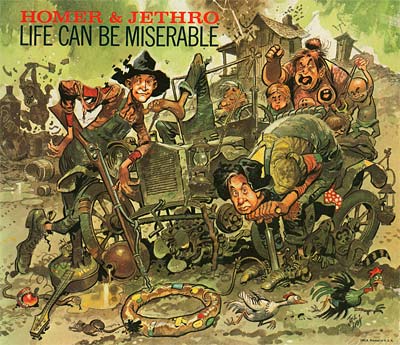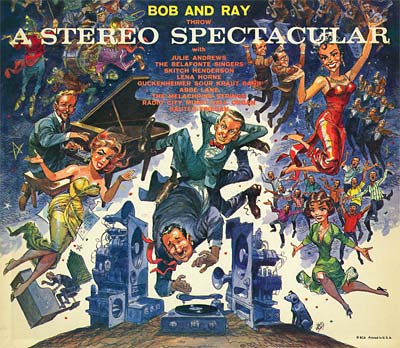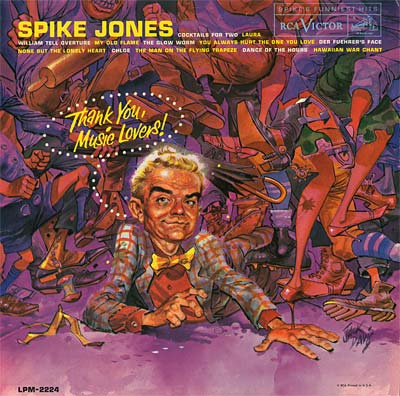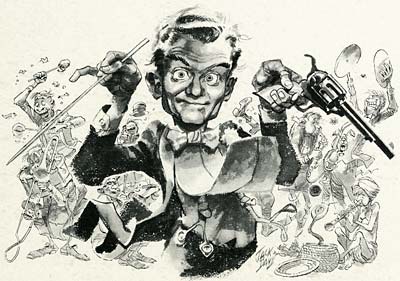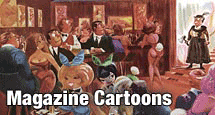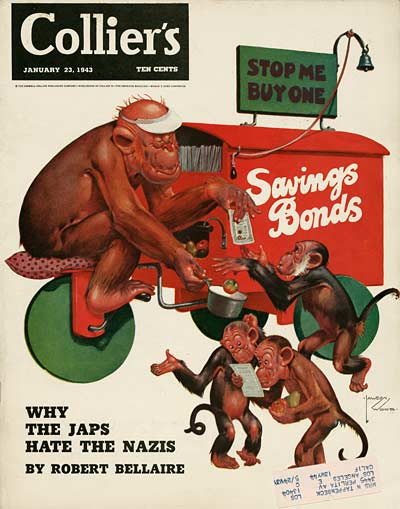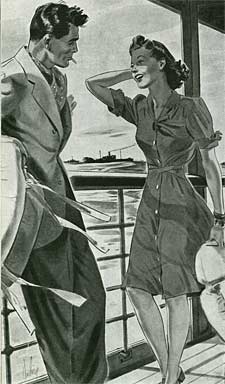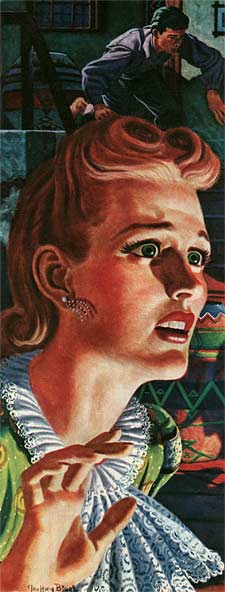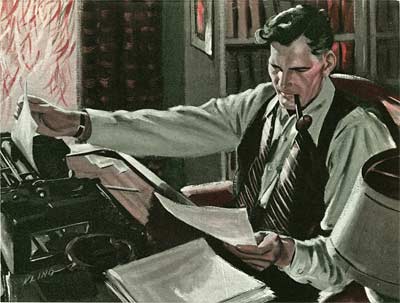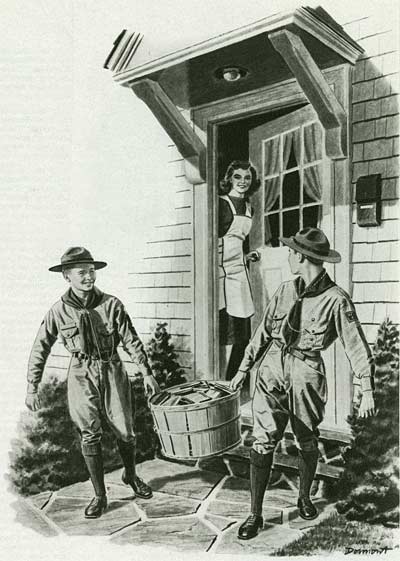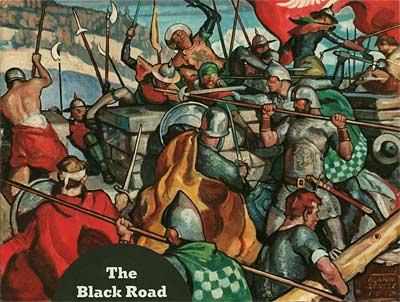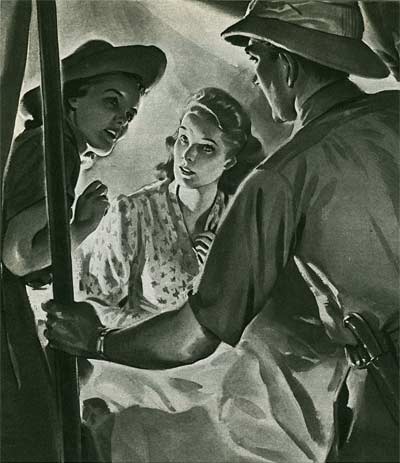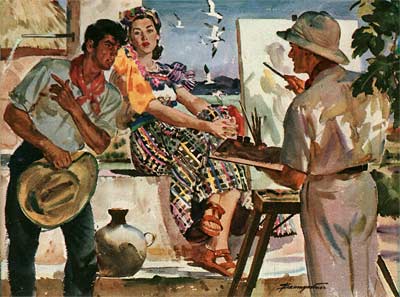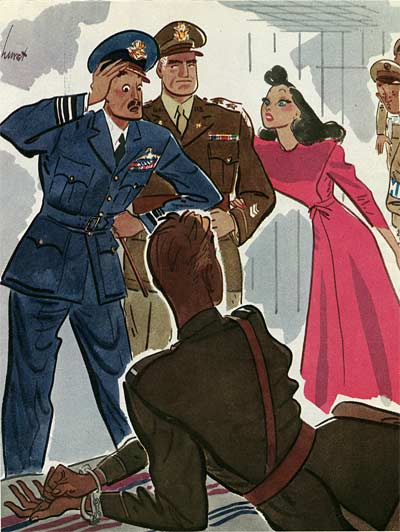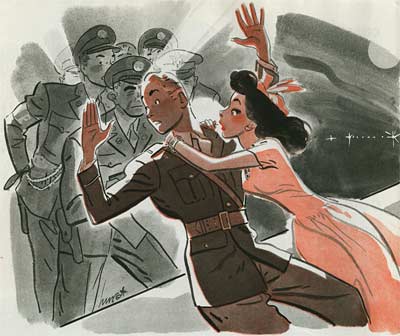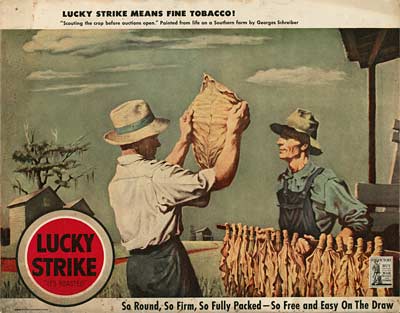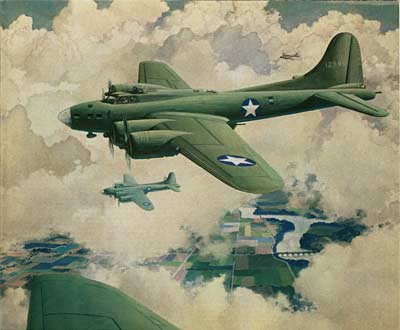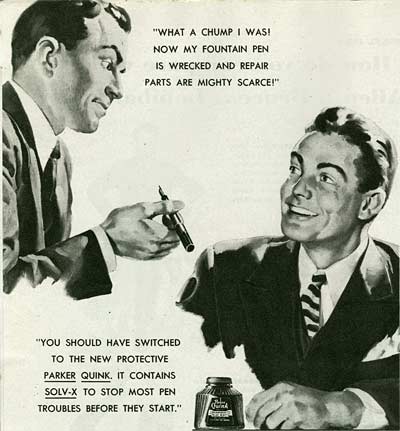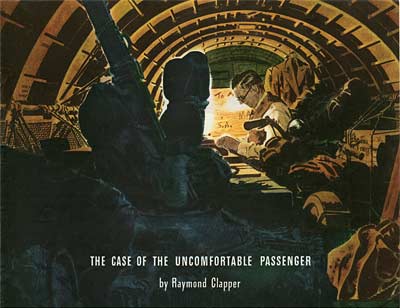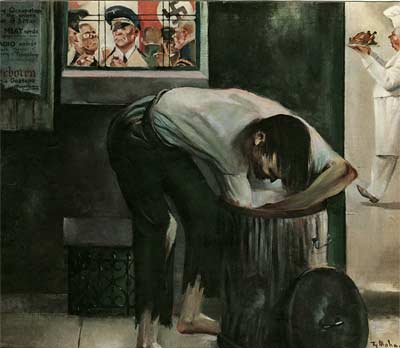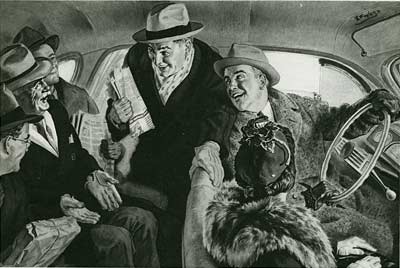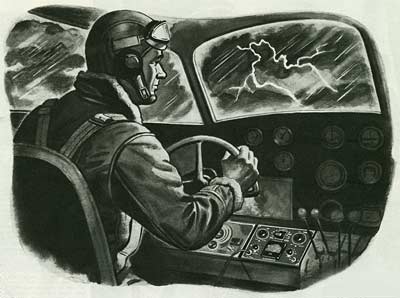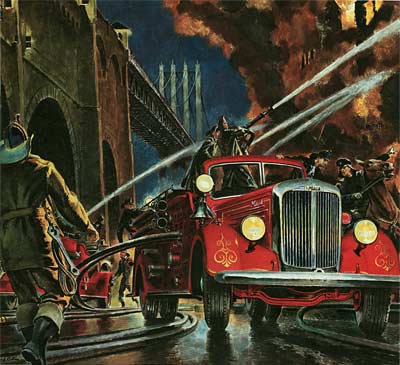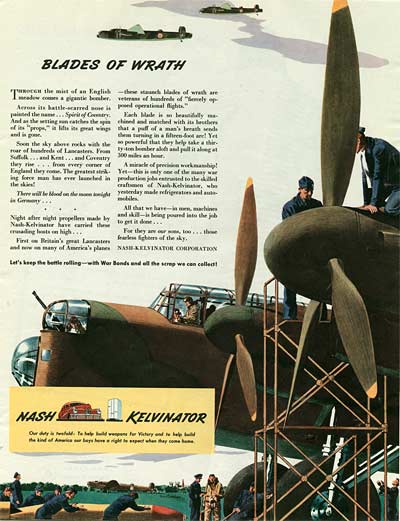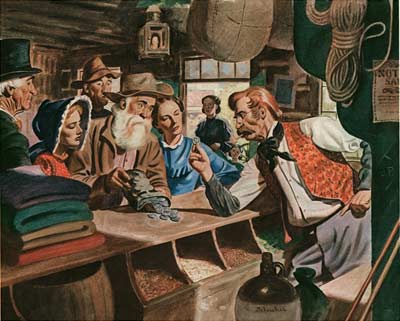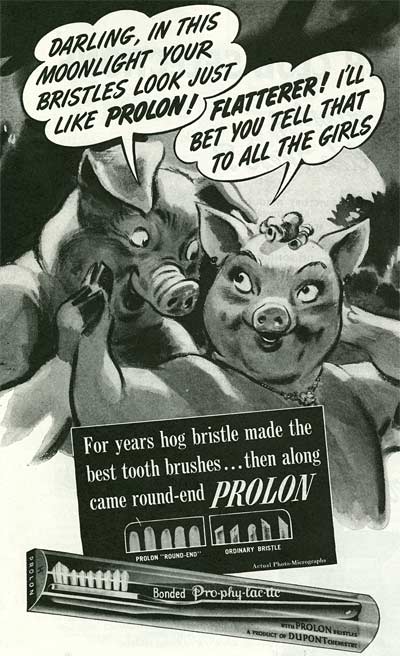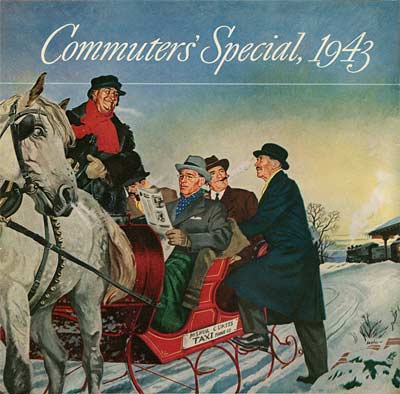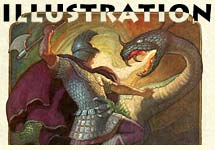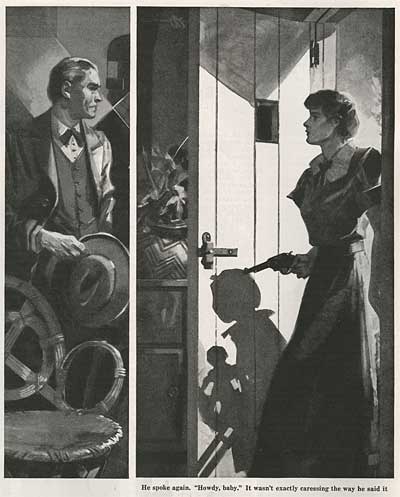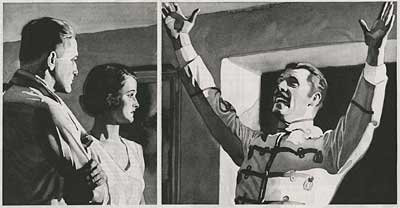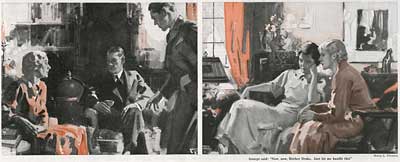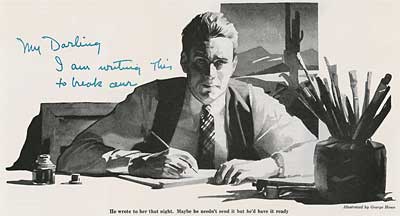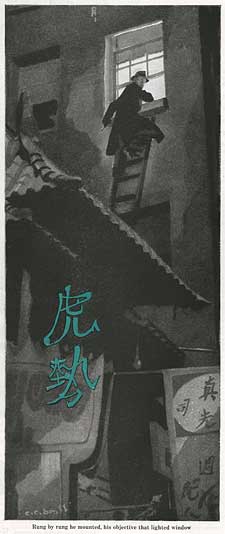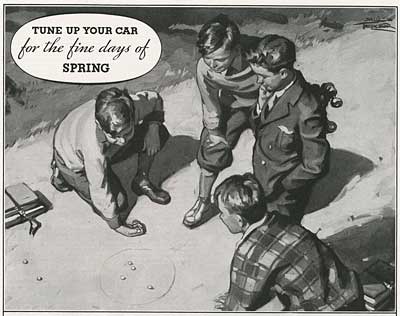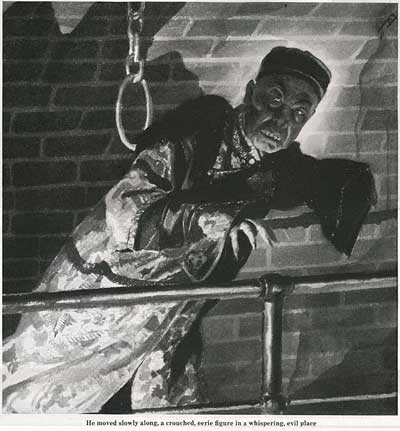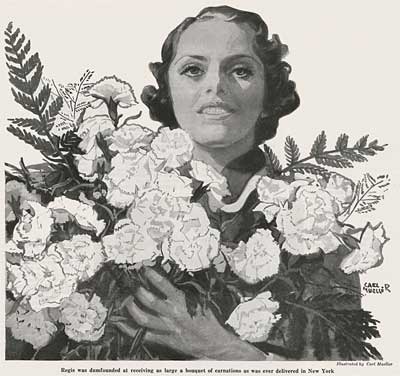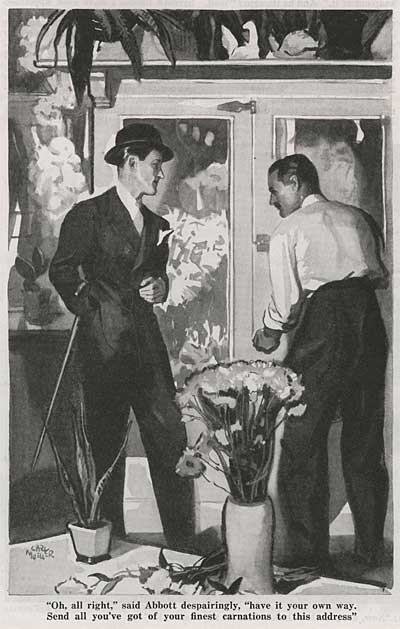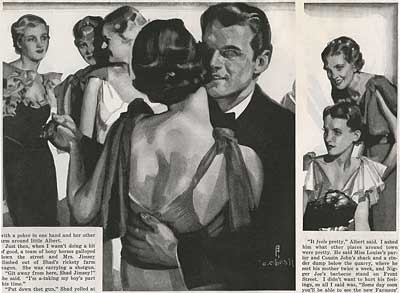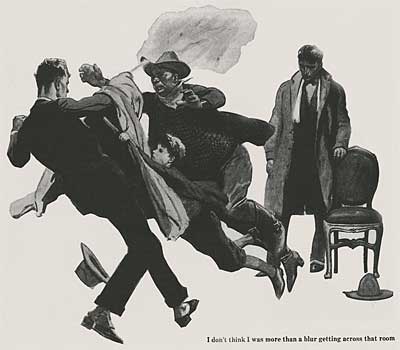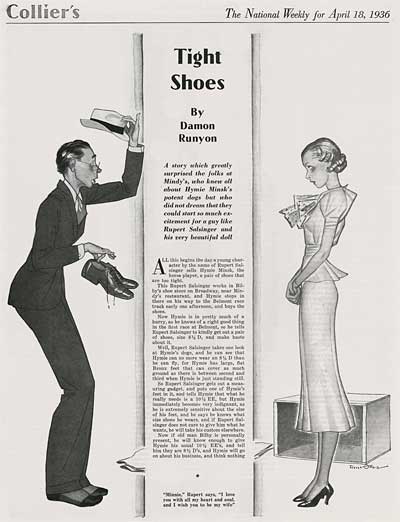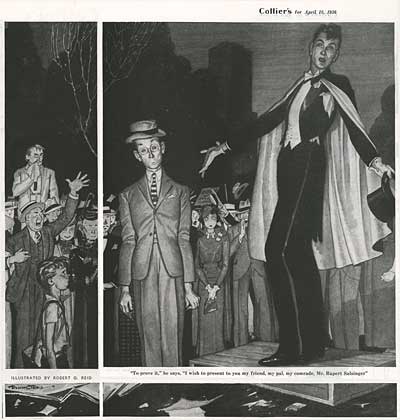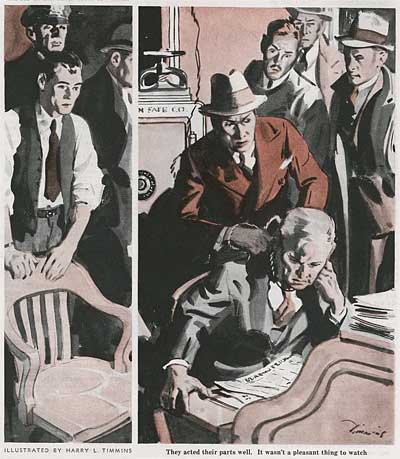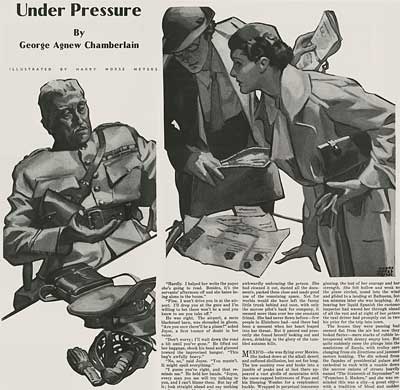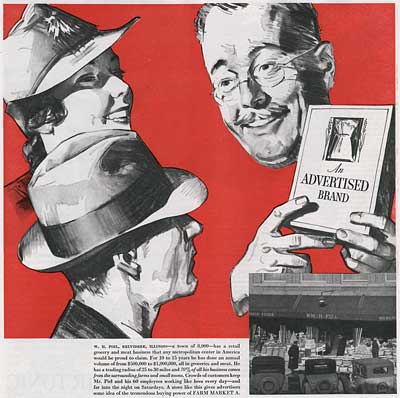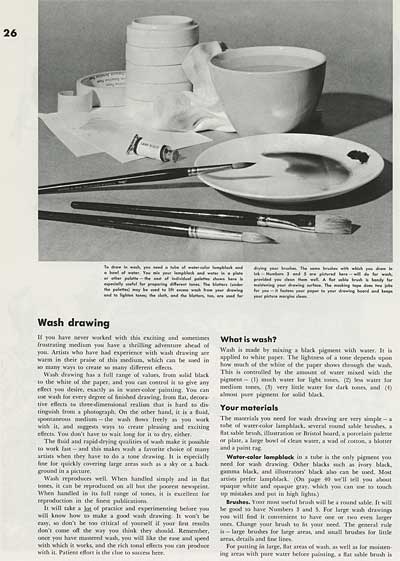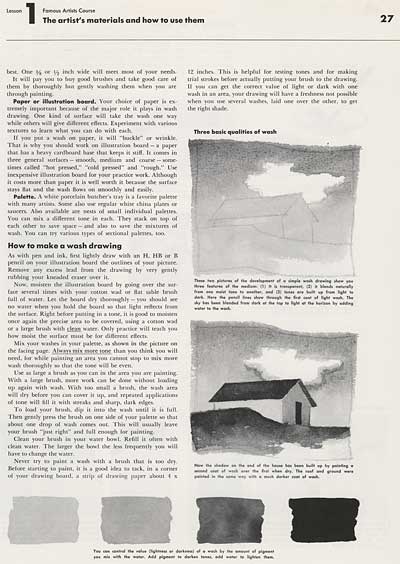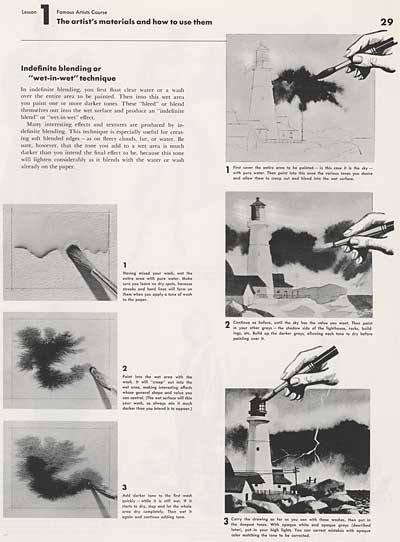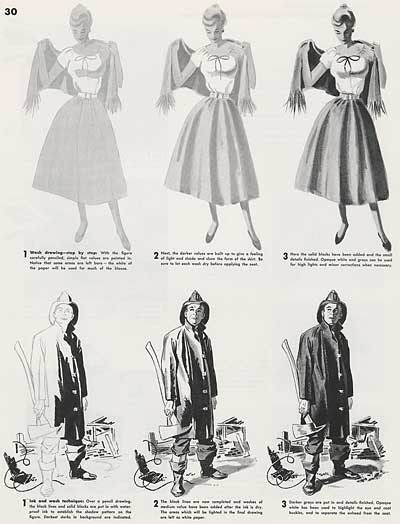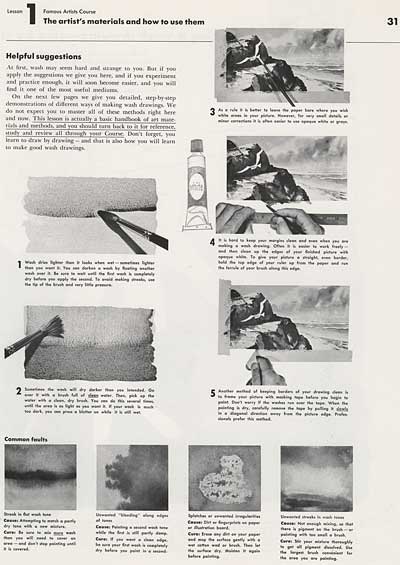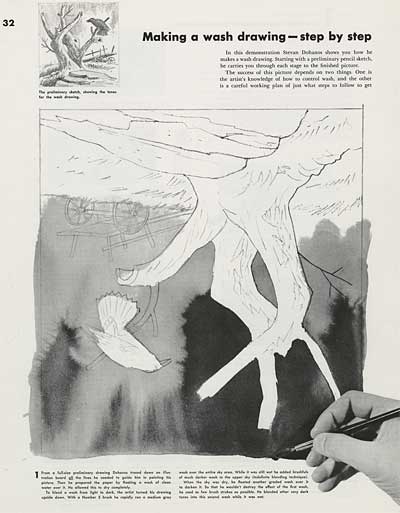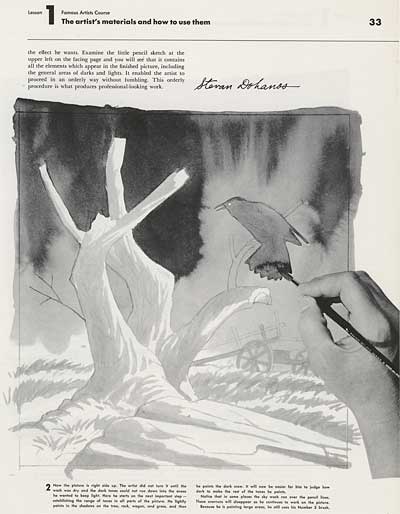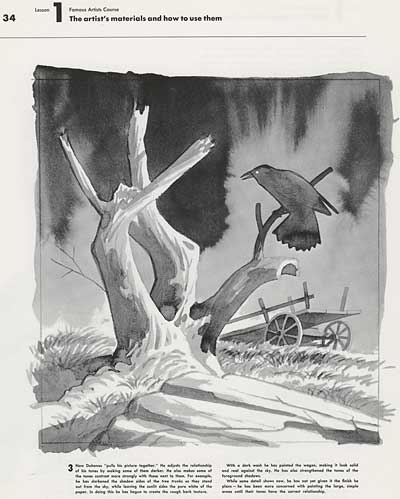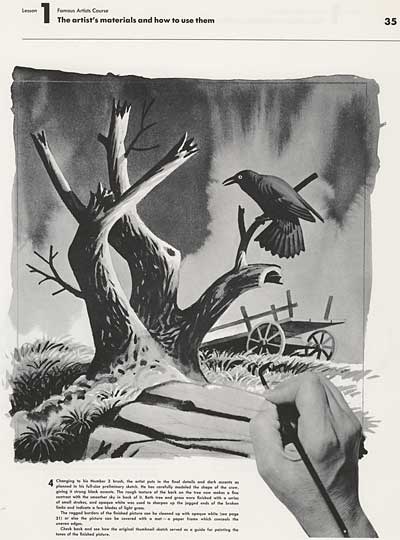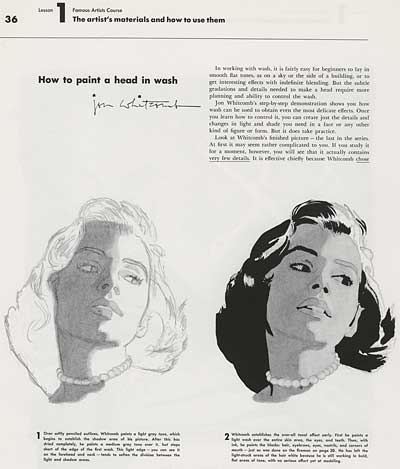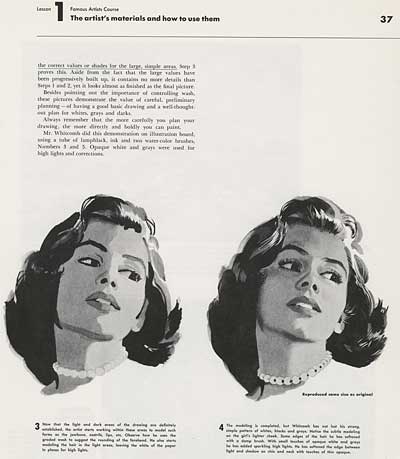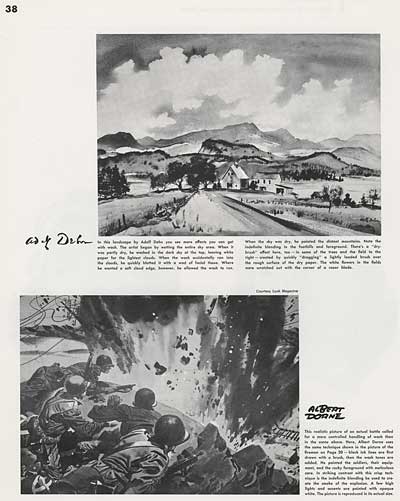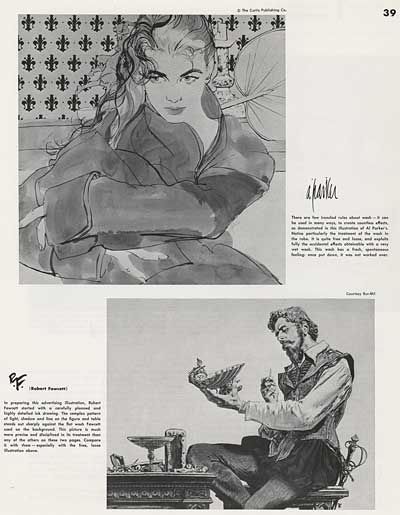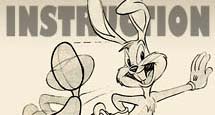Jack Davis was a cartoonist from a very early age. His first published work appeared in Tip Top Comics in 1936. He was twelve years old at the time. In 1949, he packed up and moved from Atlanta to New York City, where he was hired by EC Comics to draw for The Vault of Horror and Two-Fisted Tales. At EC, Davis met Harvey Kurtzman, who liked his work and used him in Mad magazine. Kurtzman and Davis also worked together on Little Annie Fanny in Playboy.
Davis went on to become one of the most sought-after illustrators and caricaturists in America. His caricatures of public figures appeared on the covers of Time magazine and TV Guide, as well as record covers, movie posters and bubble gum cards. Davis is currently one of the best-known and recognizable cartoonists in the world.
Here is an early Davis story from Mad magazine that shows his immense talents at their absolute best. Every panel of this comic is drop-dead brilliant!
Mad Magazine 1953
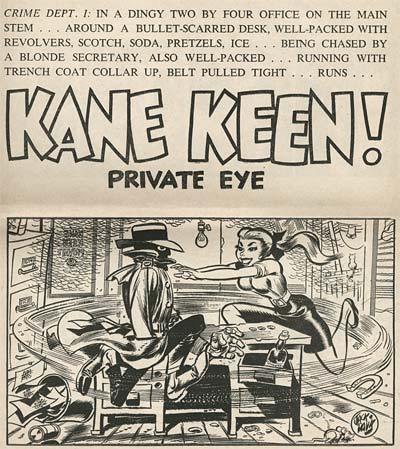
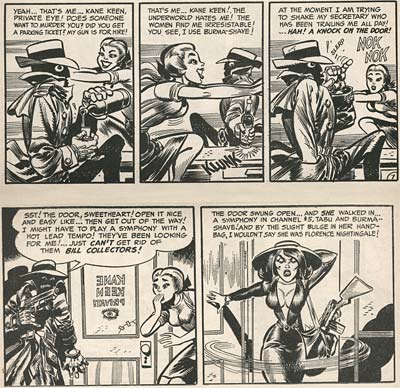
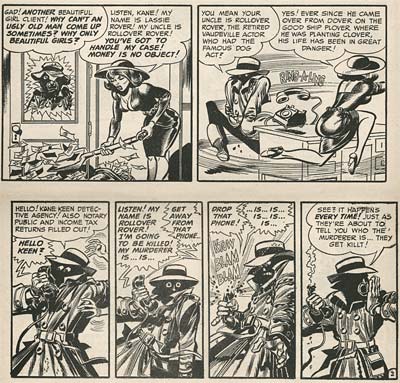
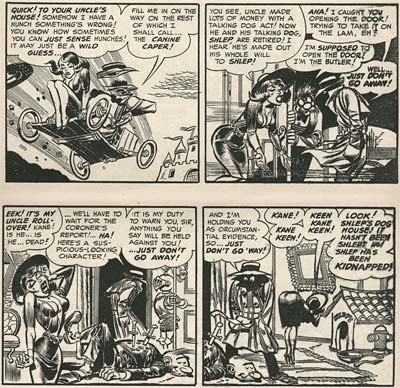
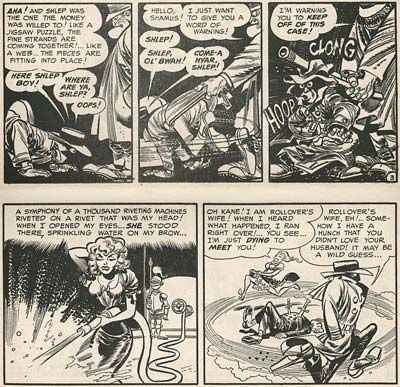
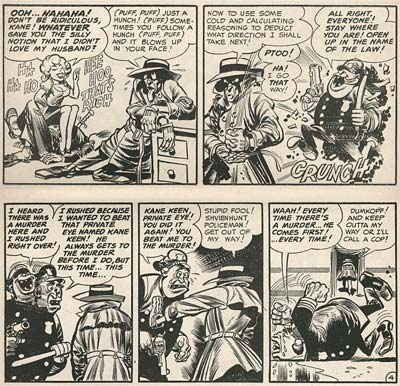
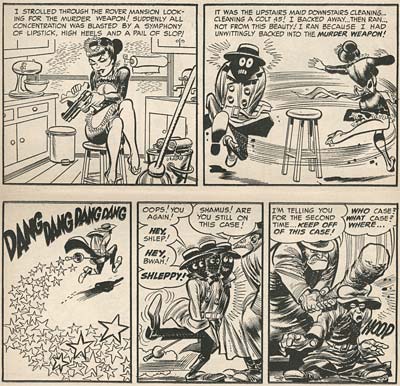
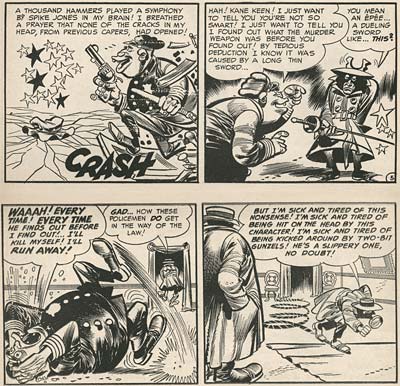
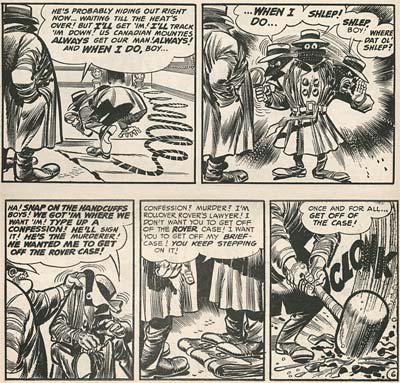
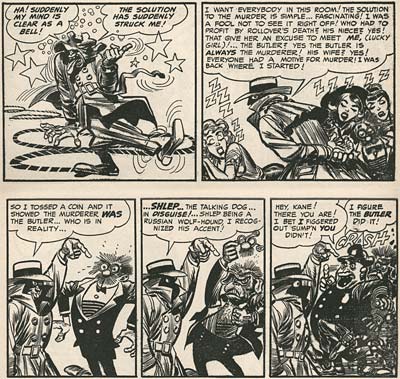
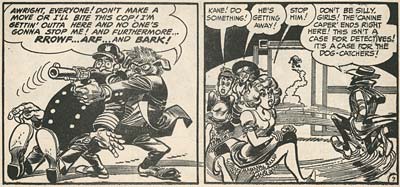
Many thanks to the talented cartoonist, Amir Avni for contributing the copy of "Son of Mad" from which this great story was scanned. Also thanks to the stalwart archive supporter Eric Graf for lending us record covers from his extensive collection to digitize.
Stephen Worth
Director
Animation Resources
This posting is part of the online Encyclopedia of Cartooning under the subject heading, Magazine Cartoons.
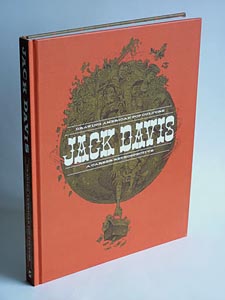
![]() Jack Davis: Drawing American Pop Culture: A Career Retrospective
Jack Davis: Drawing American Pop Culture: A Career Retrospective is a gigantic career-spanning retrospective, between whose hard covers resides the greatest collection— in terms of both quantity and quality— of Jack Davis’ work ever assembled! It includes work from every stage of his long and varied career. Much of the material has been scanned directly from original art, showing the painterly brush strokes and pen work. Many illustrations are accompanied by preliminary drawings that demonstrate the evolution of Davis’ drawing process. Recommended!
THIS IS JUST THE TIP OF THE ICEBERG!
Animation Resources has been sharing treasures from the Animation Archive with its members for over a decade. Every other month, our members get access to a downloadable Reference Pack, full of information, inspiration and animation. The RefPacks consist of e-books jam packed with high resolution scans of great art, still framable animated films from around the world, documentaries, podcasts, seminars and MORE! The best part is that all of this material has been selected and curated by our Board of professionals to aid you in your self study. Our goal is to help you be a greater artist. Why wouldn’t you want to be a member of a group like that?
Membership comes in three levels. General Members get access to a bi-monthly Reference Pack as well as a Bonus RefPack from past offerings in the in-between months. We offer a discounted Student Membership for full time students and educators. And if you want to try out being a member, there is a Quarterly Membership that runs for three months.
JOIN TODAY!
https://animationresources.org/membership/levels/
FREE SAMPLES!
Not Convinced Yet? Check out this SAMPLE REFERENCE PACK! It will give you a taste of what Animation Resources members get to download every other month! That’s 560 pages of great high resolution images and nearly an hour of rare animation available to everyone to download for FREE! https://animationresources.org/join-us-sample-reference-pack/
![]()
![]() Animation Resources depends on your contributions to support its projects. Even if you can’t afford to join our group right now, please click the button below to donate whatever you can afford using PayPal.
Animation Resources depends on your contributions to support its projects. Even if you can’t afford to join our group right now, please click the button below to donate whatever you can afford using PayPal.














